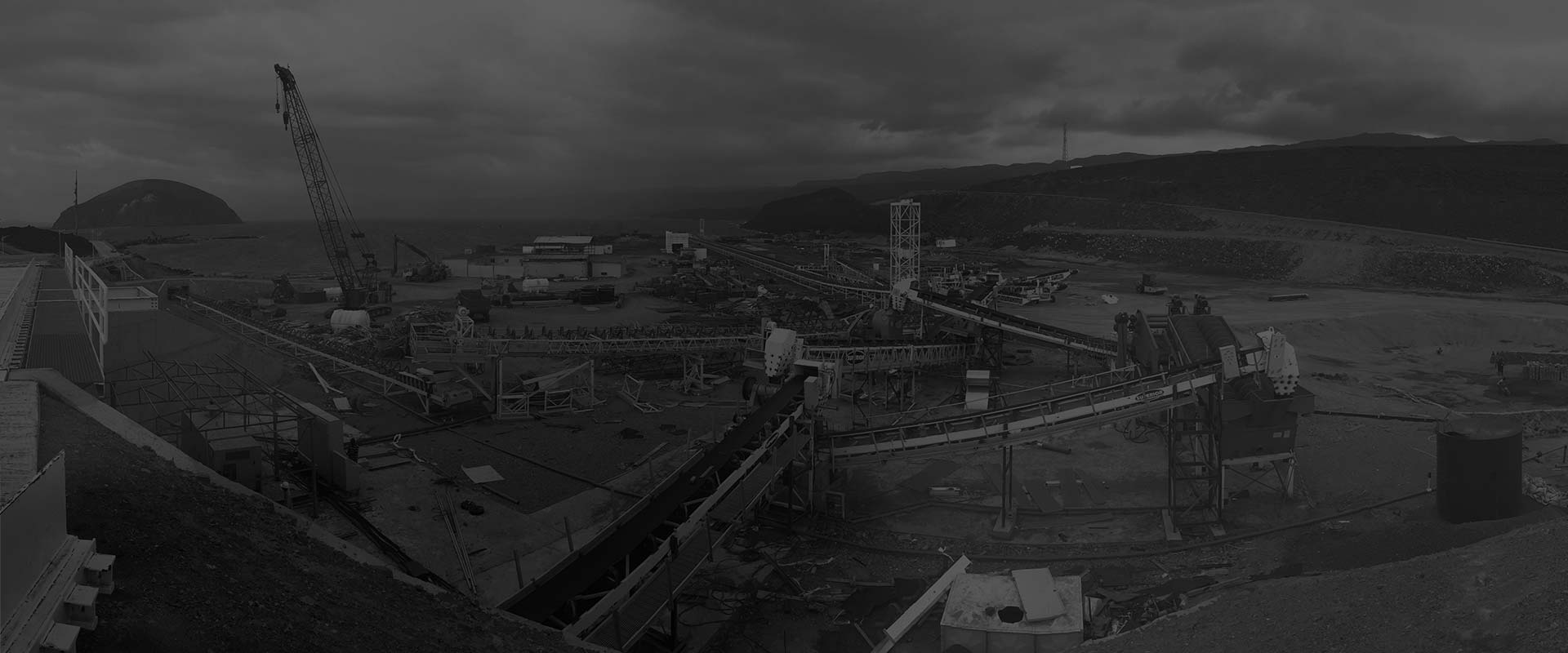0086-379-64087240
Small ball mills are usually used for small-scale production of dry or wet powder. The most common transmission method used in small ceramic ball mills for dry powder production is center transmission. Why do dry powder ball mills need to use this transmission method? What are the advantages? Also, why is center transmission only used in small ball mills?
The great advantage of center transmission industrial ball mills is that they are not affected by temperature. This is because high temperatures are generated during the grinding process of dry powder. Such temperatures are conducted to the cylinder. If a belt-driven cylinder is used, the belt will be stretched due to the high temperature and gradually damaged. However, the use of center transmission in small ball mills is not affected by this, so the normal operation of the ball mill is not affected regardless of the temperature of the cylinder.
Due to the special nature of center transmission, there is a torque force on the transmission shaft, so such equipment is not made particularly large. The capacity of large dry ball mills is usually around 1000 liters, which is about one ton. If our customers need a large amount of production, a good way is to increase the number of small ball mills to achieve large-scale production.
Investment in wet ball mills is roughly the same as in ordinary grinding processes. Dry ball mills have air duct systems, and the sealing devices of the hollow shafts at both ends of the ball mill body are too tight or the sealing body directly contacts the shaft.
Wet ball mills themselves require higher power than dry ball mills. They have been updated and improved based on ordinary ball mills to enhance the strength of product external gears, chain wheels, or belt transmission as well as double barrel ball mills.
The material is smoothly fed into the chamber of the ball mill through the hollow shaft of the feeder. Grinding is an important step in the production of aerated concrete, and it consumes a large amount of electricity. Ball mills are usually large electric motor equipment in aerated concrete plants. This will cause the small gear on the high-speed shaft of the ball mill to drive the large gear on the auxiliary shaft, and the small gear on the auxiliary shaft will drive the swing wheel, which contains three different types of grinding media.
The rotation of the cylinder will generate centrifugal force, which will raise the grinding media to a certain height and then fall. The balancing wheel of the ball mill rotates to drive the intermediate shaft on the other side. Ball mills are important equipment for preparing raw materials for aerated concrete, used for grinding lime, gypsum, sand, slag, and other materials. Only after grinding can the materials be thoroughly mixed to achieve the required fineness. However, the energy consumption of dry ball mills with air systems exceeds that of wet ball mills.
